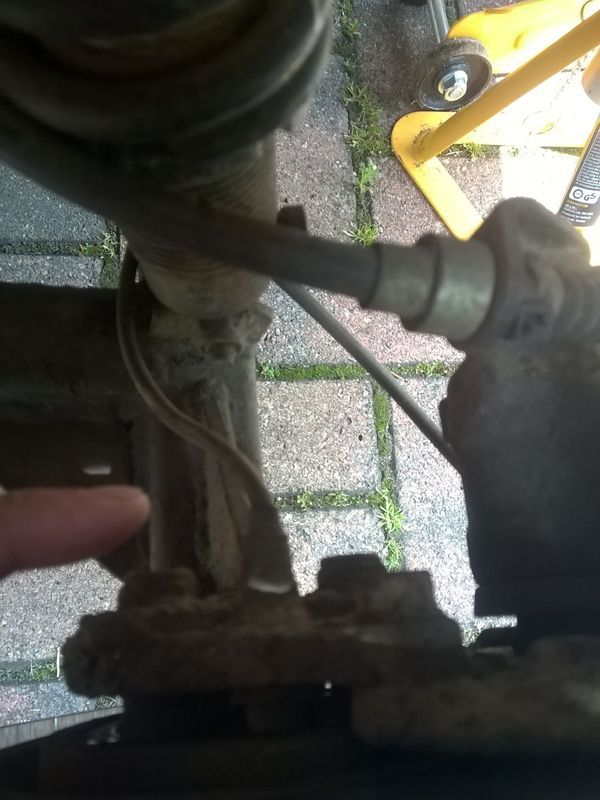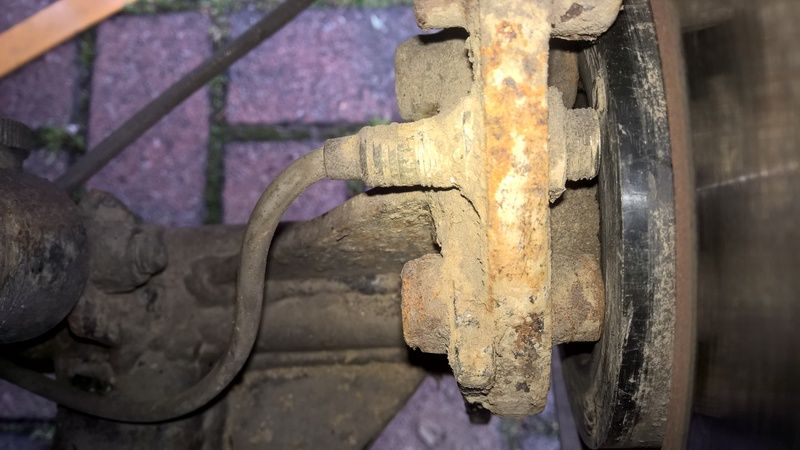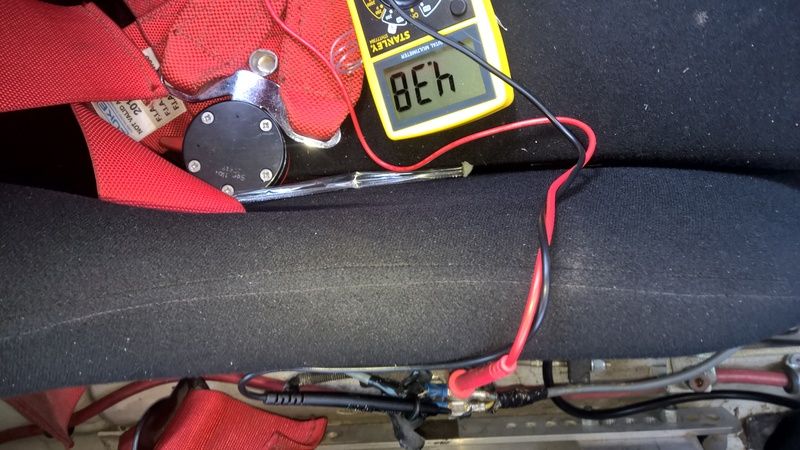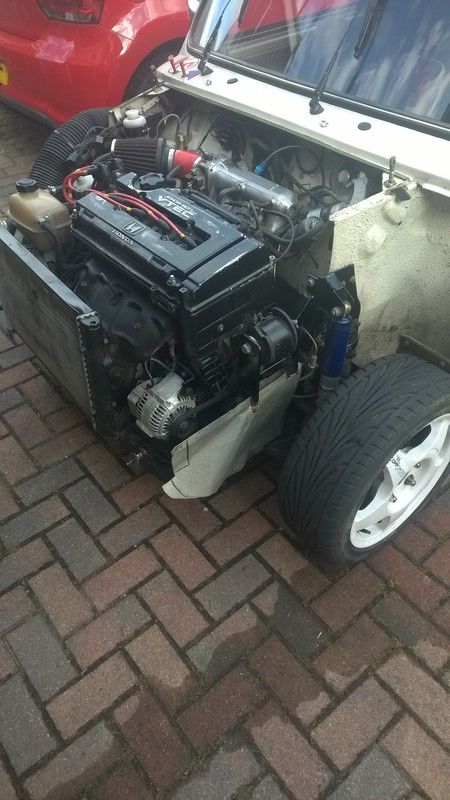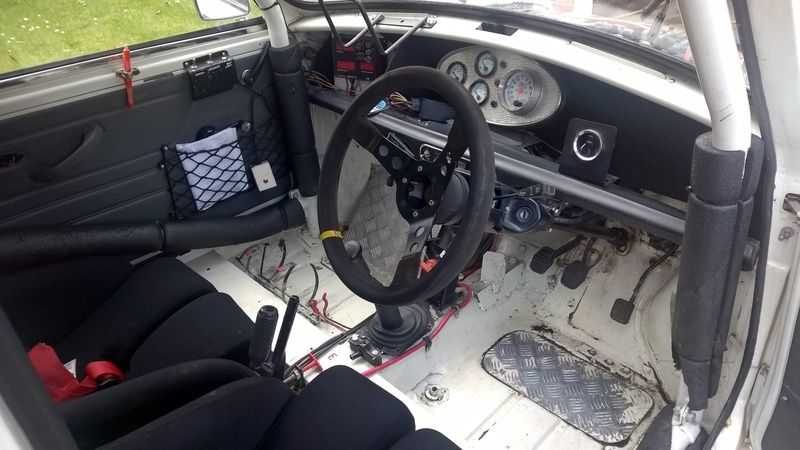I am not familiar with your sensor setup or speedometer so please consider the following information just general guidance.
There are two wire and three wire sensors. Both will need to be focused on a metal surface that has "breaks" in it to allow the sensor to create on/off pulses. Some of the sensors are the Hall Effect or reed switch types which require a magnet be in/on the rotating surface being monitored.
With three wire devices you will have two power wires (earth and 12V) supplying the sensor and an output wire. Usually (but not always) the sensor wiring follows the common color code of blue for earth, brown for 12V in, black for the output signal. An older color code scheme uses red, black, and white wires. I haven't seen it used in years so it is unlikely that is what you have.
Compounding the 3-wire sensors, there are NPN and PNP types that determine whether the sensor provides a path to earth or a 12V signal to the device it is connected to. I only bring this point up because... the voltage measurements you are trying to make may be influenced by the type of sensor being measured. It may also be that to test the sensor you need to disconnect its output wire from the speedometer so the gauge is not influencing your measurements. A few pictures of the wire colors and a bit more information about which wires you are connecting to may help sort out what you are seeing in your measurements.
Two wire sensors are speed sensitive. They may not have an observable voltage pulse or wave until the rotational speed is above some threshold value. You may need to spin the wheel faster to get a reading.
